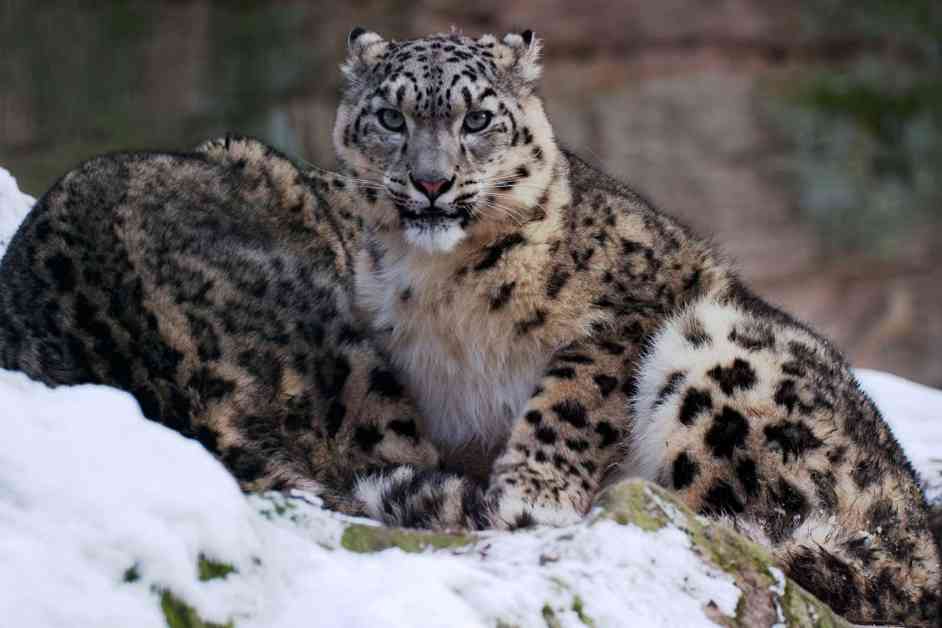The ancient Denisovans in Tibet were skilled hunters, known to have hunted a variety of animals including blue sheep, yaks, and snow leopards. These hunting habits helped them thrive in the high-altitude region for thousands of years. The Denisovans were a mysterious group of hominins, first described in 2010 based on DNA extracted from a finger bone found in Denisova cave in Russia.
Recent discoveries, including a jawbone found in Baishiya Karst cave in Tibet, have shed light on the presence of Denisovans in the region. Researchers have identified Denisovan DNA in sediments dating back thousands of years, indicating their long history in Tibet. The harsh environment of the Tibetan plateau, with its thin air and cold temperatures, presented challenges for survival.
Studies of animal bones found in Baishiya Karst cave revealed a diverse range of species, including blue sheep, wild yak, Tibetan gazelles, and snow leopards. The bones showed evidence of hunting and butchering by Denisovans, highlighting their role as skilled predators. Other large carnivores like spotted hyenas and wolves were also present in the cave, along with smaller animals such as flying squirrels and porcupines.
The discovery of a rib bone from Baishiya Karst cave, dated to between 48,000 and 32,000 years ago, marked the youngest known Denisovan specimen. This finding suggests that modern humans and Denisovans coexisted in the region, as evidenced by stone tools found in the area dating back 40,000 years. The presence of Denisovan DNA in modern human populations in Asia indicates interbreeding between the two groups.
While more research is needed to fully understand the capabilities and adaptations of Denisovans, these recent discoveries provide valuable insights into their hunting habits and survival strategies in the challenging environment of Tibet. Further exploration of sites on the Tibetan plateau and beyond may reveal additional clues about the ancient Denisovans and their interactions with modern humans.






